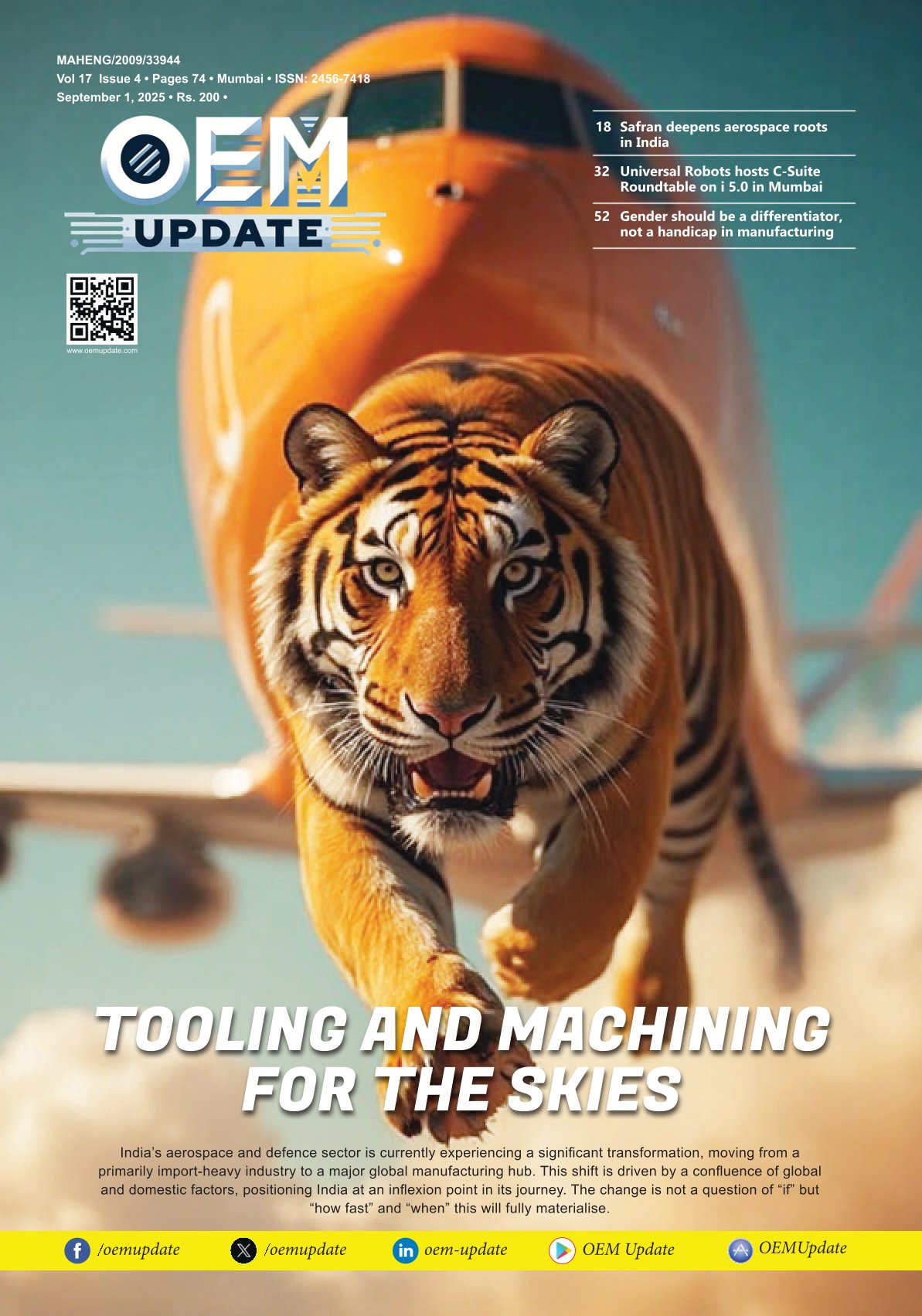Despite decline, long-term growth of automotive sector is intact
By admin June 17, 2013 11:45 am IST
“The government should support the automotive industry with specific measures that can lead to job creation and boost national economic output.”
– Shripad Ranade, Senior Principal – Auto & Engineering, Tata Strategic Management Group
Automotive sales have declined in FY13. However, the long-term growth of the sector is intact due to generally inadequate urban transport facilities in India. A closer look at segment-wise sales points to different underlying factors for each segment. Shripad Ranade shares how to support and revive the automotive industry.
The two wheeler segment has grown marginally by 2.5 per cent in FY13. A major driver of sales in this segment is rural India. Stagnation in disposable income in rural areas, partly due to fluctuating monsoons, has led to reduction in demand of two wheelers.
Declined automotive sectorThe passenger car segment is declined by 3 per cent in FY13. High inflation and less than commensurate rise in incomes have given rise to a negative outlook among potential buyers. These coupled with increasing fuel price and interest rates have led to postponement of the car purchase decision. The exception to this trend is utility vehicles (UVs). The UV segment has grown by 30 per cent in FY13. Introduction of world-class models improved fuel efficiency, and affordable pricing have successfully captured customers’ imagination.
Demand of light commercial vehicles (LCVs) has improved in FY13. LCV’s ability to provide businesses with cheaper and more fuel-efficient option (vs larger trucks) for last mile delivery has led to spur in its demand.
Reviving the automotive sector Short-term actions as well as long-term interventions are required to revive the automotive sector. The short-term actions typically originate from automotive OEMs and suppliers. Car makers could strive to offer better value propositions and to a larger universe of potential customers. Attributes such as affordable pricing (across multiple segments), higher fuel economy and international standard designs and features can potentially convince first-time buyers to advance their purchase decision and encourage existing car owners to switch their vehicles.
The government’s overall focus should be to improve the quality and carrying capacity of public transport options so as to provide cheap, clean and fast modes of urban transport. Road transport will remain important and the government should support the automotive industry with specific measures that can lead to job creation and boost national economic output.
Measures to support automotive industry• Quick increase in quality and quantity of road infrastructure will bring freight costs down and boost LCV and M&HCV demand• Tax incentives for OEMs and component manufacturers could revive cash-strapped entities and also arrest the rise in car prices for the customer• Lowering of interest rates will boost spending in general, especially in automobiles• Boost to heavy industries such as construction, mining, capital goods manufacturing will spur demand of commercial vehicles, especially M&HCVs• GST regime implementation will lead to increase in movement of goods, thereby improving overall demand of CVs• Incentives for automotive R&D in India will help create more India-centric products, support exports as well as high-end job opportunities.
Initiative to leverage from export marketsAlong with the slowdown, small auto component manufacturers are also battling with other challenges such as the direct entry of MNCs, consolidation of the aftermarket, rapidly changing technology, intense cost pressures from OEMs, etc. Specific initiatives at the firm level and policy level can mitigate the impact of industry slowdown and boost growth of the auto components sector. Auto component manufacturers can consider several initiatives. These are:• Investment in technology to produce high-margin aggregates• Players which are already exporting their products should explore other countries, including those in Africa and Middle East• Explore new channels for sales, e.g. capitalise on existing aftermarket potential• Partner with government in skill development, especially for manufacturing workforce• Central and state governments can take multiple steps to boost the ancillaries industry• Improve environment for R&D in India, e.g. establishing new research institutes, scholarships for meritorious students, tax sops for cutting-edge R&D projects• Set up skill development centres geared toward automotive manufacturing and assembly skills, grow and improve the network of ITIs• Develop infrastructure such as roads, power (improving overall efficiency), and lower manufacturing costs• Explore antidumping actions, protecting domestic suppliers from cheap imports, especially those from China.
Manufacturing sector by 2020The aim of the National Manufacturing Policy is to push manufacturing’s contribution to GDP from the present 16-25 per cent by 2022. India’s manufacturing sector output could potentially grow from the current ` 8,000-8,500 billion to ` 25,000 billion by 2020.Priority sectors by Planning CommissionThe Planning Commission has identified several priority sectors like employment intensive industries such as textiles and garments, leather and footwear, gems and jewellery, and food processing. The commission also marked capital goods like machine tools, heavy transport, earth moving and mining, etc. Then several industries where India enjoys a relative advantage, such as automotive and pharmaceuticals are also identified.
Policy level imperativesPolicy interventions from the government are a prerequisite for success of the manufacturing sector. Policy level imperatives include: • Boosting investor confidence for domestic and foreign investors• Increase ease of doing business as defined by several agencies• Ensure better availability and cheaper cost of capital• Drive manufacturing excellence: skill development, adequate availability of infrastructure to further India’s case as a quality, cost-competitive manufacturing hub.
Cookie Consent
We use cookies to personalize your experience. By continuing to visit this website you agree to our Terms & Conditions, Privacy Policy and Cookie Policy.
















